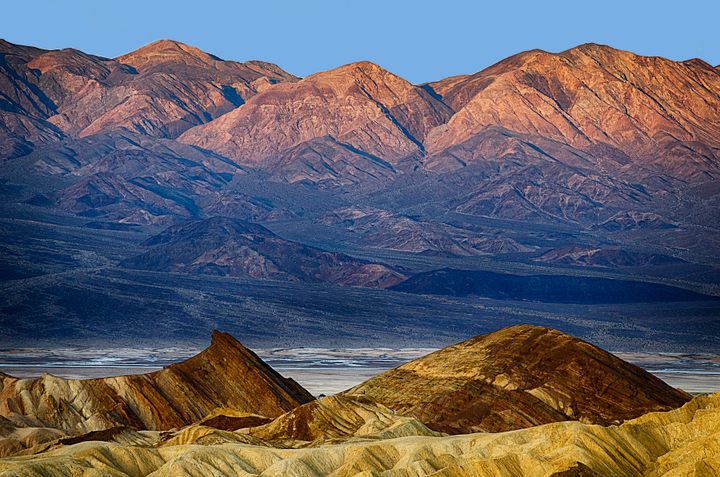
The Park Ranger Who Lives and Works in the Hottest Place in North America
In a vast, remote land of extremes, wild animals, plants, and humans adapt to survive.
It’s the location of the hottest temperature ever recorded on Earth, a sweltering 134 degrees Fahrenheit. It’s the driest place in North America, receiving about two inches of rain in a whole year. It’s the lowest place on the continent, with an elevation of 282 feet – almost the entire Statue of Liberty– below sea level. It’s remote, located in the middle of the desert, hours from the nearest city. It’s been described as Hell on Earth. It’s literally called Death Valley.
But California’s Death Valley National Park, a place of extremes where summer temperatures routinely reach into the 120s, has a secret: “Even though it looks like a very inhospitable place at first, this is a place that’s so full of life,” says the park’s Lead Education Ranger, Emily Franco.
“Death Valley seems like a place that’s super, super dry,” Franco says, “but there’s actually an enormous amount of water just below the surface here. Death Valley is actually on top of one the largest aquifers in the world. And so there are springs in the park that generate water, and that is where all of the people who live in the park get their water.” In fact, people have been living in Death Valley for millennia, including the Timbisha Shoshone, a federally recognized Native people indigenous to the area on the California-Nevada border, who still live there today.
Franco is part of the National Park Service education team who lives at Death Valley, working with students from kindergarten all the way through grad school. That team takes students out into the park for rock explorations, geological tours, and journeys into the sand dunes, where they look for animals.
While you might think of a desert as barren, Franco explains that “there’s actually dozens of different endemic plants and animals in the park,” meaning species that are found in this corner of California (and a sliver of Nevada), and nowhere else in the world. More than 1,000 plant species can be found in Death Valley National Park, as well as animals like road runners, mountain lions, tortoises, black widow spiders, and scorpions. “But just like in any other desert ecosystem, you just have to know what you’re looking for.”
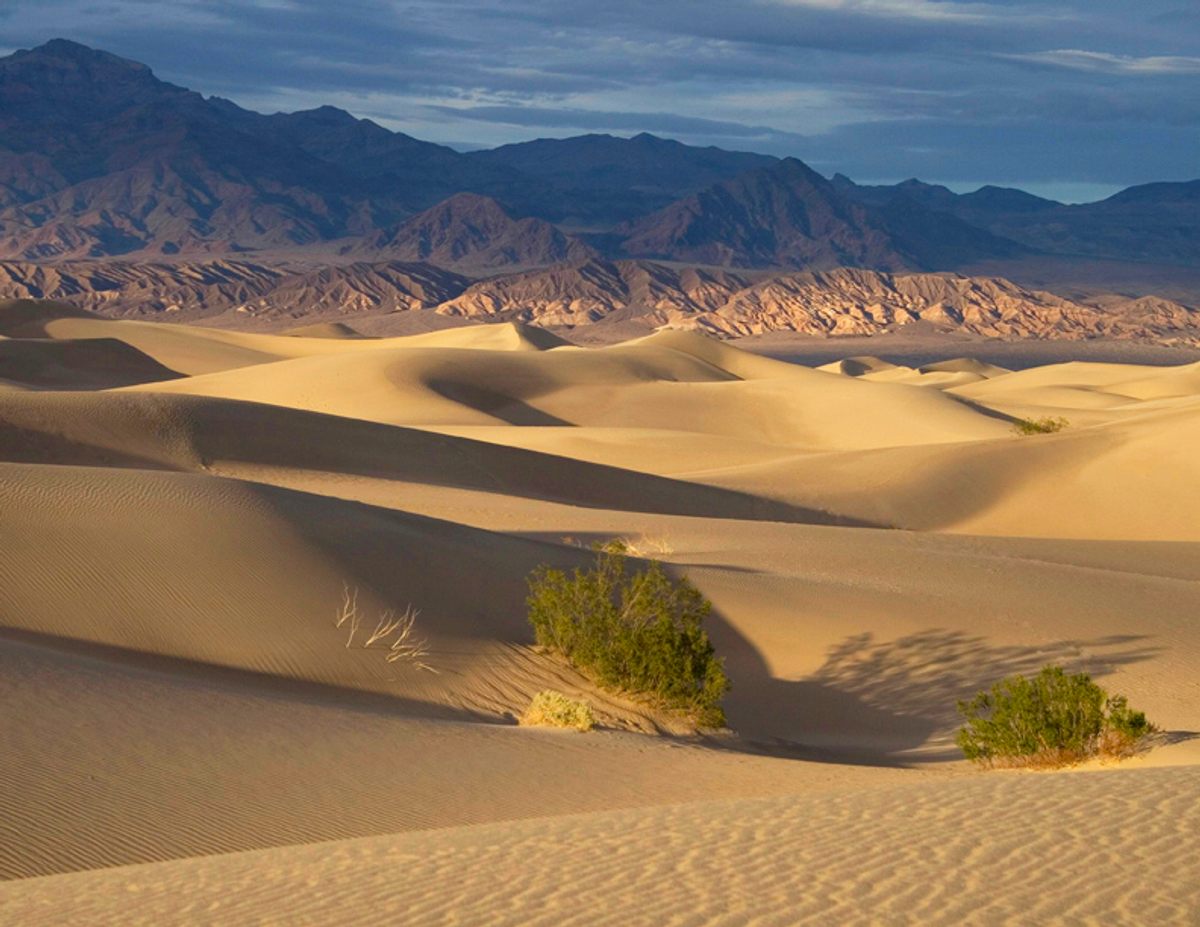
Franco says that the best place to find animal life in Death Valley is the sand dunes, where a plant called the creosote bush forms the center of an entire ecological system. There, Franco and the students on her field trips might encounter a wide variety of animals, all with surprising ways to survive in such an unforgiving place. “We’re looking for kangaroo rats, which are an animal that are really specially adapted to the desert, and actually never drink any water in their whole life – they get all of their water from moisture from eating different seeds.” The field trip groups look for lizards, kit foxes, coyotes, and sidewinders, which Franco explains is “a type of rattlesnake that moves in a different pattern to avoid touching the hot sand in too many spots all at once.”
Any animal sighting is thrilling in the desert, and Franco recalls an especially unlikely one she had on a recent day off when she was hiking in an area called Room Canyon. “I came across a bighorn sheep!” It was lower than the sheep usually venture, “and it was just very exciting and unusual to be so close to such a large animal in its native territory.”
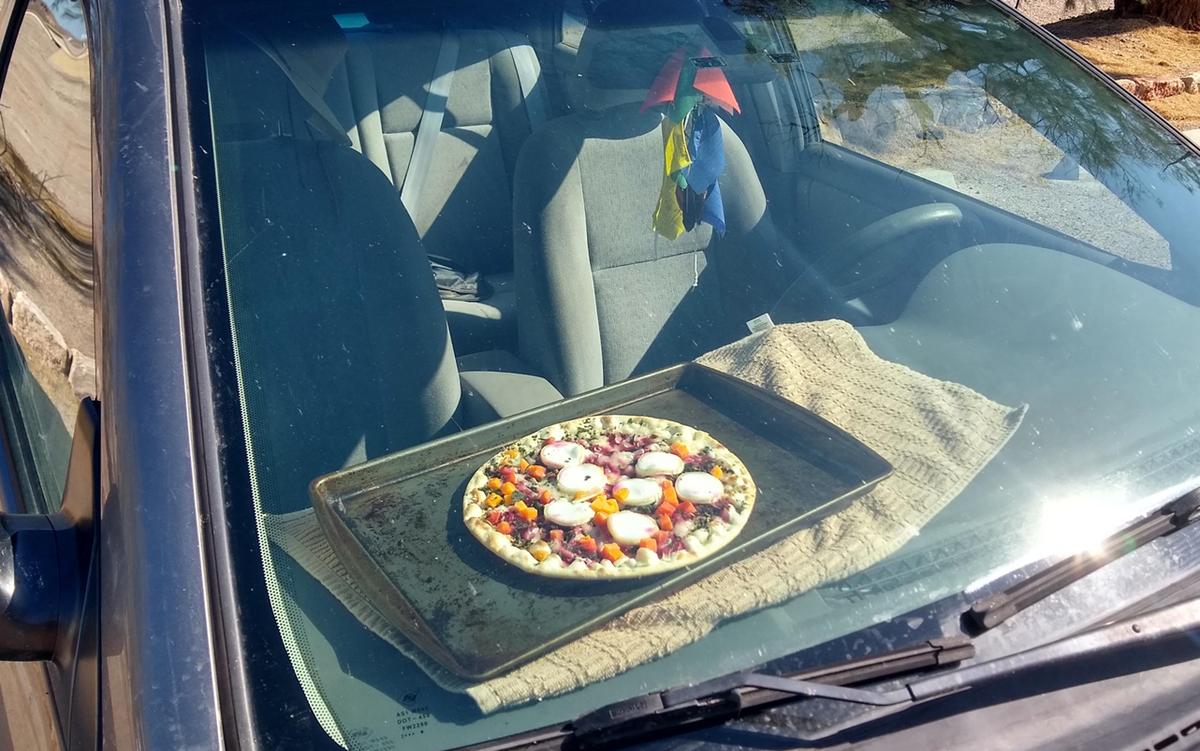
As Franco teaches students, because of how intense the conditions at Death Valley are, “people and animals – everybody that lives here – have a lot of adaptations for that extreme heat.” For people, adapting to Death Valley historically included moving seasonally, spending the winters in the valley and the hot summers up in the mountains. In the early days of the park, National Park Service employees did the same, spending the summers on Wildrose Peak. “Now we have air conditioning,” Franco says, “so it’s a little bit nicer.” Still, most outdoor park programming shuts down in the summer. There are some benefits to the heat, though. “People actually cook pizza and cookies in their cars, because they get so hot,” Franco laughs. “So there can be fun parts to it, too.”
Also fun, are the rare instances in which the park sees measurable rainfall. “It’s pretty exciting!” Franco says, but it can also be dangerous. “Because there’s not a lot of plant life to break the dirt up, even an inch of water can cause some pretty major flooding.” Last August, when the park got an inch and a half of rain in just a handful of hours, vehicles got stuck in the mud and the entire park had to close down.
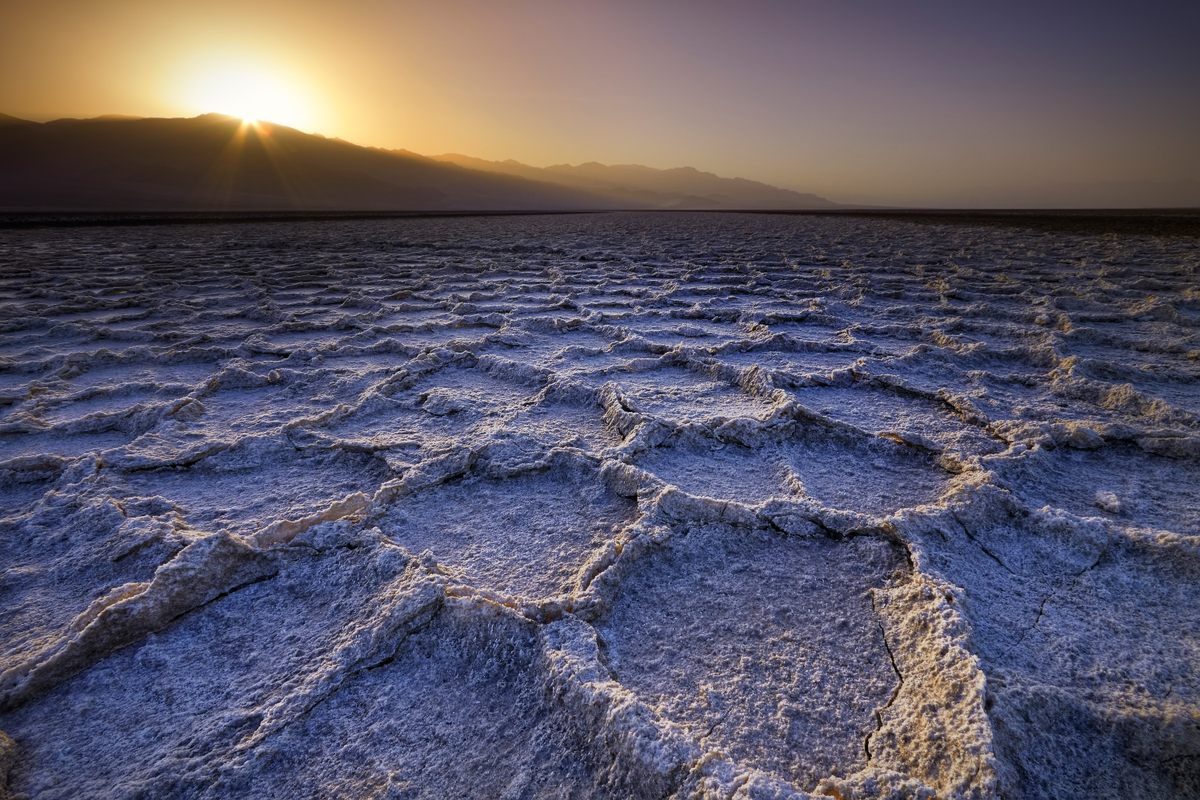
Not only is Death Valley the largest of California’s nine national parks, at a whopping 3.4 million acres of land (more than twice the size of Delaware!) – it’s actually the largest national park outside of Alaska. How can a visitor experience a park that big? Franco says one of her favorite spots is Badwater Basin, an enormous salt flat which, at 282 feet below sea level, is the lowest place in North America. (For a sense of scale, sea level is marked high up on the cliffside.) What Franco loves so much about this place is the way it allows you to “really see the different layers of time colliding.” The valley started forming 14 million years ago, and when you explore Badwater Basin “what you’re walking on is actually over two miles piled up of sediment from an ancient prehistoric lake that was there. It really gives you perspective about the scale of the world that we’re living in.”

Another favorite area is Artists Palette, a drive following badlands striated in purple, green, blue, and red deposits of volcanic ash. It’s perfect for a family drive, but for those who crave more of an adventure, you can also park and wander on foot. “You can climb out over those hills and explore for miles and miles and miles on those beautiful rocks,” Franco says. Cinephiles might recognize the area as a filming location in the original Star Wars, where it stood in for Luke Skywalker’s home planet Tatooine. It’s not such a crazy thought – the terrain is so alien, today, NASA scientists come to Death Valley to test equipment that is bound for Mars.
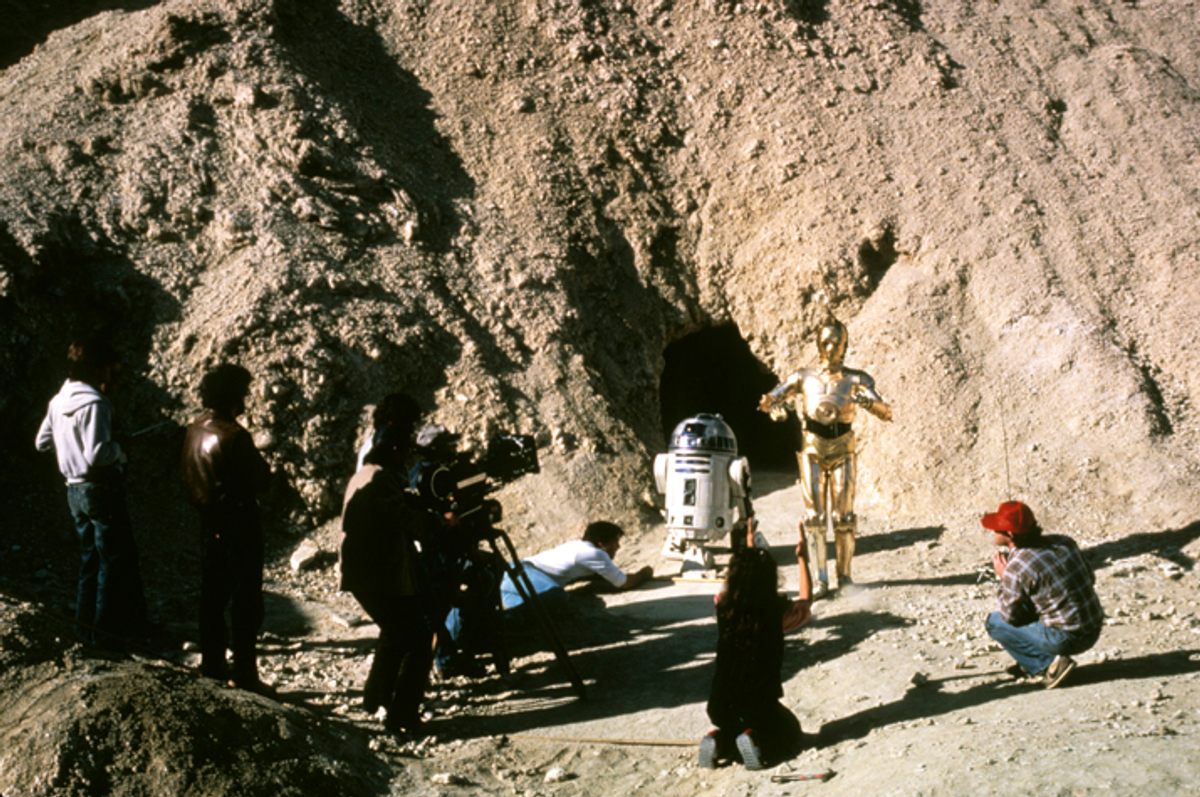
Because the park is so huge, new things are constantly being discovered in its mountains, canyons, and valleys. Archeologists study the remains of mining camps left over from the California Gold Rush, many of which only existed for a few boom years. One such camp, a town called Schwab which is still being studied, was unusual for being run exclusively by women. “And what’s really cool,” says Franco, “is that they learned a lot about what life was like there by exploring these archeological sites and seeing things, everyday, mundane things that were left behind at the time but give us a sort of window into what everyday life would have been like.”
That Franco ended up becoming a park ranger at such a unique place makes sense: the first park she ever visited was Badlands National Park, in South Dakota. Raised in the city of Milwaukee, Wisconsin, she had never seen a place that looked so different, where bison roamed wild and where paleontologists routinely discovered fossils. It fueled a curiosity about the hidden wonders in natural places closer to home, a curiosity which eventually inspired Franco to join the Park Service. “It’s really exciting when people come and visit here: I get to introduce them to an ecosystem and a history that’s really different from anywhere that they’ve been.” And it’s true: only in this remote part of California can you experience this kind of heat, and the animals and plants that have adapted to thrive in these extraordinary conditions. But what’s most exciting, she says, “is that I have this opportunity to help visitors spark this question of what sort of stories might be just below the surface of their own place. What’s hiding just beneath the surface at home?”
This post was sponsored by Visit California. Learn More.


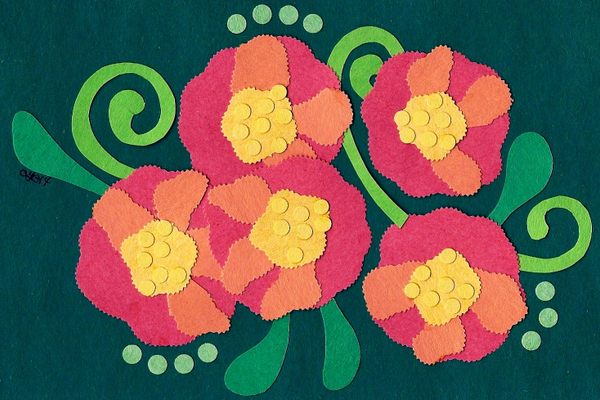


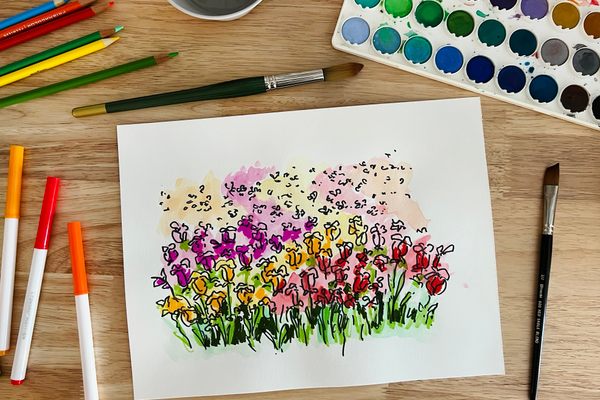






















Follow us on Twitter to get the latest on the world's hidden wonders.
Like us on Facebook to get the latest on the world's hidden wonders.
Follow us on Twitter Like us on Facebook